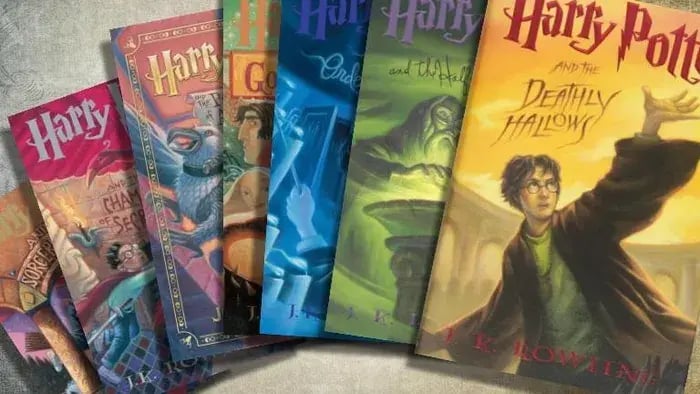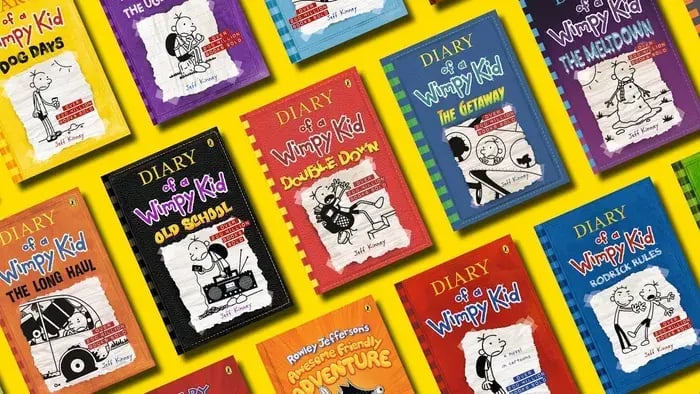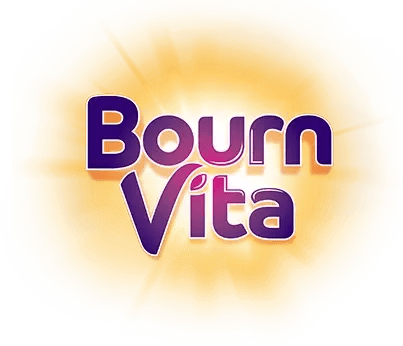- For Elementary Readers (6-10)
- For Middle School Readers (11-13)
- For High School Readers (14-18)
Introduction
Reading books is like living vicariously through the experiences of other people. By staying at home, one has the liberty to travel to different places in the world, live a life filled with magic, and gain valuable life lessons. For kids specifically, it can play a significant role in refining their linguistic skills. Additionally, it may also strengthen their thought process and ability to decipher their thoughts and emotions.
A child who is a regular reader may also find it easy to study independently without feeling distracted. To promote book reading, parents can surround their kids with some age-appropriate books. However, it's important to remember that these books must cater to their age groups. This ensures that kids can understand what's written and also read it comfortably.
Books For Students As Per Their Age Group
The kind of books that your child can read may depend on their age group. For instance, younger children may find it easier to read books that have an interesting plot, relatable characters, and a fun storyline. Here are some recommended books for children, categorized by age group.
For Elementary Readers (6-10)
This is the age when your child may officially learn how to read long paragraphs and lessons. At the age of five or six, you can officially introduce short story books to your child and encourage them to read them on their own. Here is a list of some interesting books for elementary kids.
1. The Magic Faraway Tree
This is a classic storybook by Enid Blyton, featuring an intriguing adventure plot. It is perfect to promote imagination and exploration among kids. Moreover, it's quite easy to read, making it ideal for children who have just begun reading.
2. The Tale Of Peter Rabbit
The Tale Of Peter Rabbit is like that old fable with a charming narrative and some fascinating illustrations. It combines various characters from the forest, all of which can talk. The rabbit, Peter, who is the main character, goes on a fascinating journey, and the kids get to read about it.
3. The Giving Tree
The Giving Tree is a book written by the writer Shel Silverstein. As the title suggests, it is a story about a tree that is extremely giving and always tries to help everyone around it. The story emphasizes the importance of generosity and sacrifice, imparting valuable life lessons to children.
For Middle School Readers (11-13)
During this time, kids may begin to understand emotions and complex characters better. Thus, parents may introduce small novels related to various genres, such as magic, adventure, and others. Here is a list of books that you may make your middle school child read.

1. Harry Potter Series
Any book list for middle school readers is incomplete without mentioning the famous Harry Potter series. Written by J.K. Rowling, this is a magical fantasy about three kids in a magic school. The story progresses as Harry and his friends face various challenges, navigating the complexities of friendship, love, and betrayal.
2. Diary Of A Wimpy Kid

Diary Of A Wimpy Kid is a classic worldwide sensation filled with some relatable stories. It is a coming-of-age series, a book written from the perspective of Wimpy, detailing the challenges he faces in his life. The book reveals his triumphs, learnings, and emotional conflicts.
3. The Hobbit
The Hobbit is a stellar fantasy book written by J.R.R Tolkien. It is an inspiring tale about the bravery and self-discovery of a hobbit named Bilbo Baggins. He said on a journey of reclaiming the lost power of hobbits, kids get to read a different side of the fantasy world.
For High School Readers (14-18)
As kids transition from middle school to high school, parents may introduce their children to some mindful and thought-provoking books. This may include books discussing politics, philosophy, global injustice, and other topics that can enhance their perspective and understanding. It's a list of books that your child may read during this time.
1. To Kill A Mockingbird
To Kill a Mockingbird by Harper Lee is one of the most popular books in the world. The book talks about justice, racism, and power. It also highlights how the concept of equality differs from person to person, depending on their circumstances. It is truly a character-shaping read.
2. The Alchemist
The Alchemist by Paulo Coelho is an inspiring and philosophical read. It explores the story of an alchemist who sets out on an adventure to find his hidden powers. The novel is about following one's instincts and trusting oneself despite the challenges that may lie ahead.
3. The Diary Of A Young Girl
This is a poignant memoir of Anne Frank written while she was surviving the holocaust in a hideout with her family. It is a deep dive into her thoughts, emotions, and all the turmoil that she faced while being in that critical situation. It's a deeply moving read, especially for high school students who may be able to relate to her fears and apprehensions.
Conclusion

Each of these books has a specific lesson to tell and a story to share. Books can have a deep and permanent impact on your child's mind. Hence, parents should be extremely careful about choosing the right book for their child.
Pakhi writes with the belief that dessert isn’t just a dish—it’s a mood. Her work blends storytelling with tips, turning timeless treats and trendy bites into accessible moments of comfort, celebration, and creative expression.
The views expressed are that of the expert alone.
The information provided in this content is for informational purposes only and should not be considered a substitute for professional medical advice, diagnosis, or treatment. Always seek the advice of your physician or another qualified healthcare provider before making any significant changes to your diet, exercise, or medication routines.
















